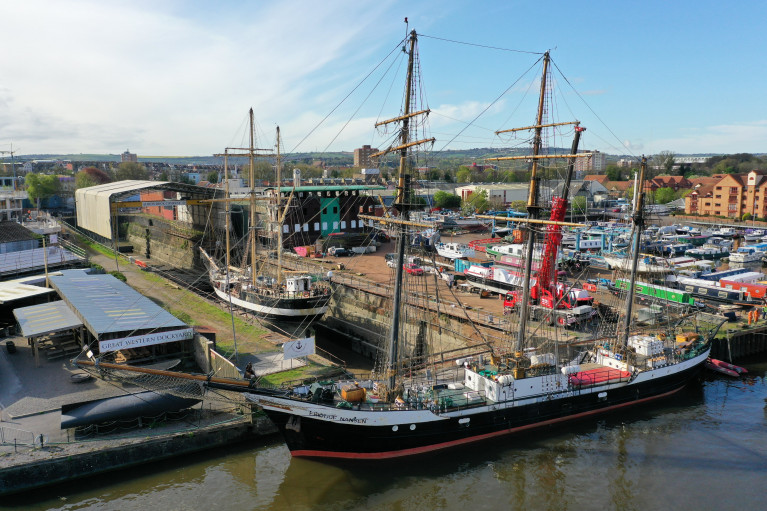The Bristol based SS Great Britain which is run by a trust has announced a £20m plan to build another replica of a Brunel vessel.
As BBC News reports the project will see regeneration of Bristol's historic Albion Dockyard, complete with a full size model of Brunel's first ship, PS Great Western.
The Grade-II listed dock will be preserved, maintaining a working dry dock and reinstating the original clocktower with the attraction that should be open by 2027.
The world's first transatlantic ocean liner, the PS Great Western, was built in Bristol in 1838.
Passengers were transported by the ship to New York for eight years before being sold to the Royal Mail Steam Packet Company and was scrapped in 1856 after serving as a troop ship during the Crimean War.
More here on the project (website) which is expected to provide 189 new jobs.



























































